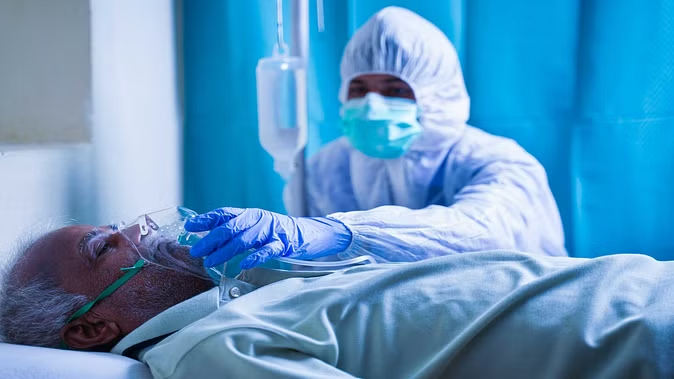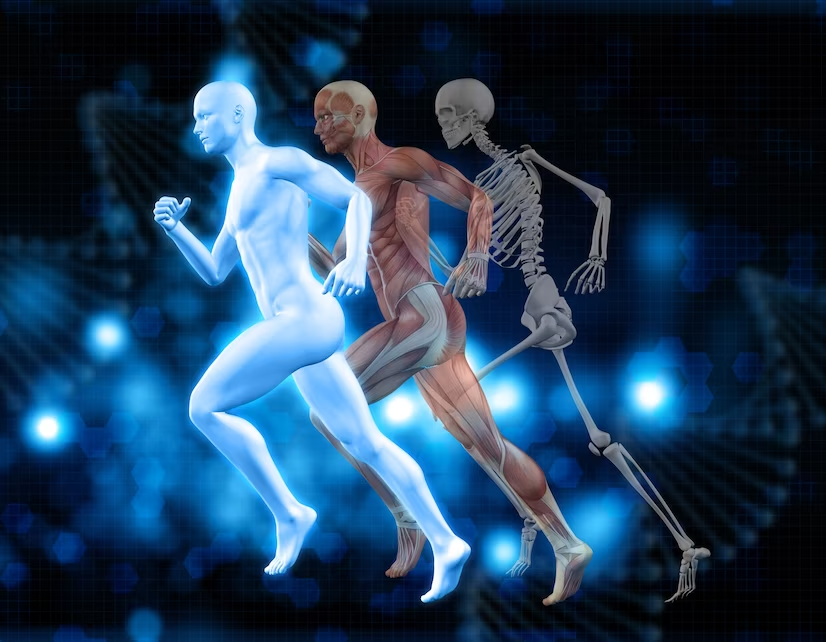Every year millions of people die due to many types of serious diseases. Diseases like heart disease, diabetes, and cancer are prominent among them. Sepsis is also one such problem which is raising concern for health experts. Sepsis is a life-threatening disease caused by your body's response to infection. Although the immune system protects us from many diseases and infections, there is also a possibility of it becoming overly active in response to infection.

According to the Centers for Disease Control and Prevention (CDC), about 1.7 million (more than 17 lakh) cases of sepsis are reported every year and about 270,000 people die in the United States alone. World Sepsis Day is celebrated every year on September 13 to raise awareness about sepsis.
Let us understand about this disease in detail.
Know about sepsis
Sepsis occurs when an existing infection triggers an excessive immune system response in your body.
When we have an infection, the immune system responds by releasing proteins and other chemicals to fight it. When this response gets out of control, sepsis can occur in such a situation. Bacterial infections are considered to be the main cause of sepsis. However, other infections such as COVID-19, influenza, and fungal infections also carry the risk of sepsis.
Causes and complications of sepsis
Sepsis causes symptoms such as fever, increased heart rate, and difficulty breathing. However, it is important to note that it is a serious condition that requires immediate medical treatment. In severe situations, sepsis can cause septic shock, which is considered life-threatening. Septic shock can cause a drop in blood pressure, risk of organ failure, and many other types of complications.
Cases are also increasing due to antibiotic resistance. People suffering from diseases that weaken the immune system are at higher risk of getting it.
What are the symptoms of sepsis?
If you notice any symptoms of sepsis, it is important to consult a doctor immediately. Symptoms of sepsis include fever and chills, confusion, difficulty breathing, rapid heart rate or low blood pressure (hypotension), and sweating. In severe cases, the symptoms may worsen.
Bluish discoloration of the skin, especially the lips, fingers, and toes.
Feeling cold due to a drop in body temperature.
Low urination- dizziness.

Low platelet count (thrombocytopenia)
A condition like fainting.
How to prevent sepsis?
You can reduce the risks of sepsis by preventing infection.
Get vaccinated for COVID-19, flu, pneumonia, and other common infections.
Social distancing helps prevent many infectious diseases.
Wear a mask, masks help protect you and others from respiratory infections.
Practice good hygiene. This means proper wound care, frequent hand washing, etc.
Every minute counts when treating sepsis. The sooner you get treated, the better the outcome.
(PC: ISTOCK)










